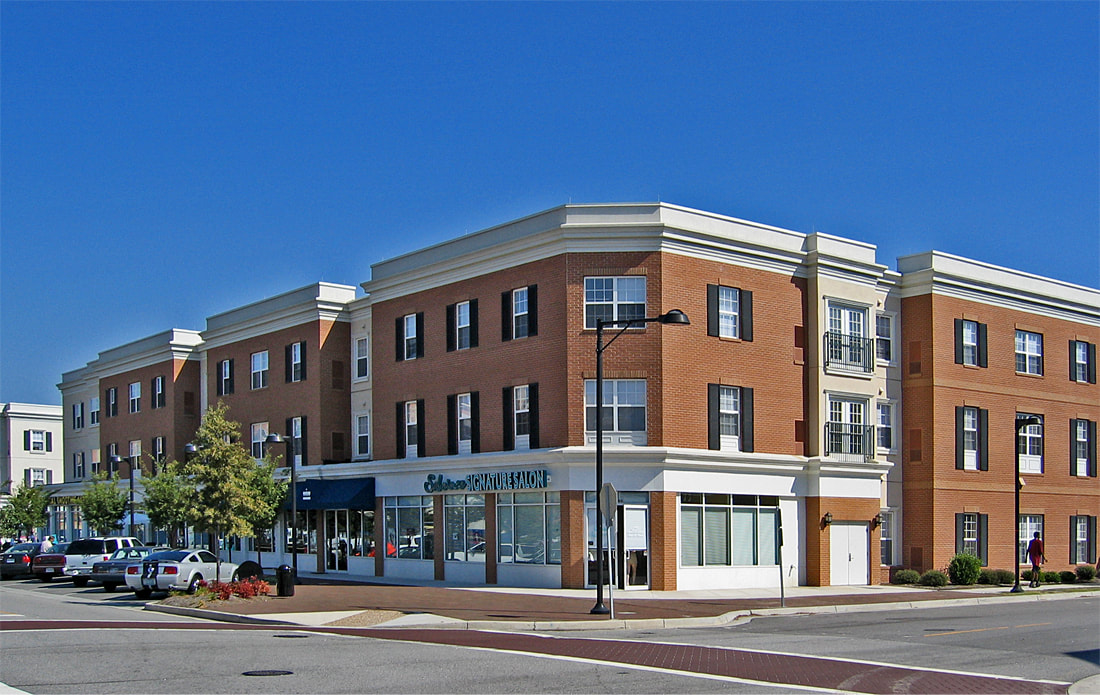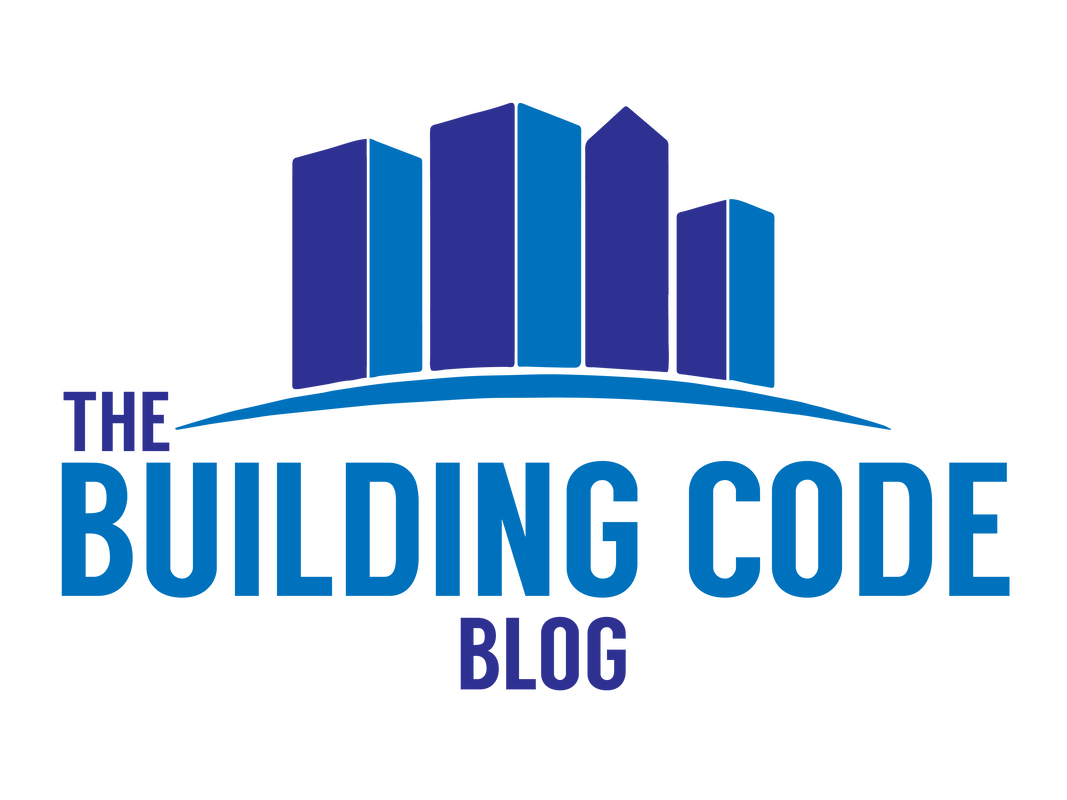|
In the AEC world, the terms “mixed use” and “mixed use building” are commonplace. Developers refer to new buildings that contain both office and retail spaces as mixed use projects. Architects and Engineers refer to a floor containing multiple occupancy types as mixed use. You’ll even hear AHJs drop the term mixed use in plan review meetings on occasion. Colloquially, “mixed use” is meant to refer to a building or space that contains multiple occupancy types. But did you know that other than parking garages, the building code has essentially no requirements pertaining to a mixed use building? In fact, if you search for “mixed use” in the International Building Code (IBC), you won’t find any requirements related to building height, building area, construction type, fire-rated construction or means of egress. * So why is “mixed use” a common term in the AEC world but not addressed in the codes? Long story short: there is a difference between use and occupancy in the IBC and people frequently confuse the two. We’ll do a full analysis of the differences between use and occupancy in a later article, but here is a simple way to understand the difference. Mixed Use Vs. Mixed OccupancyThe use of a space is a description of how the space will actually be used. This could be a broad, general description such as “office” or “conference room”, or it could be more specific, such as “visiting team locker room and shower.” The use of a space is helpful in determining (1) the occupancy classification and (2) the appropriate occupant load for a space. On the other hand, the occupancy classification of a space is 1 of 10 categories (plus sub categories) in Chapter 3 of the IBC. These occupancies are:
For example, most offices and places of business have conference rooms, where multiple people come together for meetings, presentations or collaboration. The use of such spaces might lead you to think that the conference room is an assembly occupancy. But per IBC 303.1, if your office has a conference room with 49 people, the conference room is considered a business occupancy. There are many similar examples where the use of a space does not necessarily align with the occupancy, so always refer to the definitions in Chapter 3 when determining the occupancy classification. Now getting back to the original discussion, “mixed use buildings” do not have specific requirements because nearly every building contains multiple uses. Does your office suite have a storage area? You have at least two uses there. Does your retail store have an office in the back? Multiple uses. Does your apartment building contain an amenity space? You get the point. So when people use the term “mixed-use,” it doesn’t mean much from a code standpoint, and practically, almost all buildings contain multiple uses. But what most folks intend to convey by this term is that the building has at least two distinct occupancy types, which the IBC would consider “mixed occupancy.” And unlike “mixed-use,” there are numerous requirements for “mixed occupancy buildings” in the IBC. In fact, IBC Chapter 5 has sections for allowable height, allowable area, allowable number of stories and required separation of occupancy, all of which are impacted when a building is mixed occupancy. ConclusionConversationally, “mixed use building” is generally understood to mean a building containing multiple occupancy types. Architects, engineers, contractors and code officials all use this term and it typically does not create a misunderstanding. But as far as the code language goes, mixed use doesn’t mean anything for the requirements for a building. Mixed occupancy, on the other hand, carries many code requirements that must be understood for a code-compliant building design.
*While IBC 508 is entitled "Mixed Use and Occupancy,' it does not actually have specific requirements for mixed use buildings, only mixed occupancy buildings. Need assistance on your specific project? Add Campbell Code Consulting to your team. They are a full-service code consulting and fire protection engineering firm that can help you navigate complex code challenges.
5 Comments
10/14/2021 12:02:08 am
What an exquisite article! Your post is very helpful right now. Thank you for sharing this informative one.
Reply
4/29/2022 10:37:44 pm
What an exquisite article! Your post is very helpful right now. Thank you for sharing this informative one.
Reply
Cheddar
8/1/2022 11:45:35 am
"But per IBC 303.1, if your office has a conference room with 49 people, the conference room is considered a business occupancy. There are many similar examples where the use of a space does not necessarily align with the occupancy, so always refer to the definitions in Chapter 3 when determining the occupancy classification"
Reply
11/3/2023 05:40:24 am
This is a great article. The quality of your writing is impressive. Keep it up.
Reply
Leave a Reply. |
Categories
All
Sign up to receive Building Code Blog UpdatesArchives
July 2024
|
The Building Code Blog
- Home
- Blog
- About
-
Tools
- Allowable Height & Area Calculator - Non-Separated Mixed Occupancy
- Allowable Height & Area Calculator - Separated Mixed Occupancy
- Average Grade Plane Calculator
- Calculated Fire Resistance for Wood Walls
- Fire and Smoke Damper Tool
- Fire Wall/Exterior Wall Intersection Tool
- Frontage Calculator
- IBC Occupant Load Calculator
- Plumbing Fixture Calculator
- Stair Pressurization Estimator
HomeAboutBlogContact |
Copyright © 2019-2024 The Building Code Blog
The views, opinions, and information found on this site represent solely the author and do not represent the opinions of any other party, including the author's employer and the International Code Council, nor does the presented material assume responsibility for its use. Local codes and amendments may vary from the code requirements described herein. Fire protection and life safety systems constitute a critical component of public health, safety and welfare and you should consult with a licensed professional for proper design and code compliance.
|

 RSS Feed
RSS Feed
